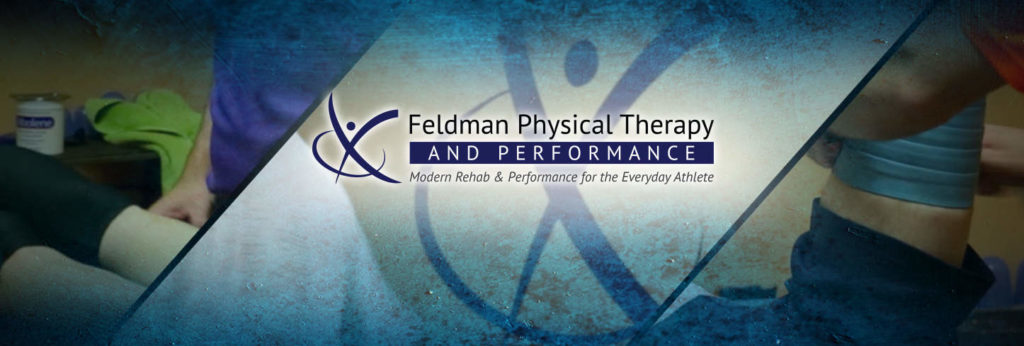First I want to start by thanking everyone who voted on my facebook page and told me what they would like this post to be about. Sometimes it gets difficult to pick a topic. I must admit I was pulling for the effectiveness of compression clothing to win the vote because I have been using compression socks for every one of my runs for the last 3 years and I really feel a difference, but I always wondered how much of that was in my head and how much was real. With the recent additions of compression shorts, pants, shirts and sleeves a dedicated runner could go broke quickly trying to improve their performance so it’s important to know that we are spending our money on things that really help. Before I start I will caution you that it was very hard to find solid peer-reviewed evidence on this topic. One big reason for this is that it is hard to blind the subjects, people are usually pretty aware if they are wearing real compression cloths or a placebo. They fit different, are much easier to get on, and really feel different. Another issue I found was that a lot of the research out there seems to be paid for and/or led by the companies that make the clothing, so they aren’t exactly impartial.
Manufacturers claim that compression cloths improve comfort, boost performance, speed recovery, and reduce muscle fatigue.
Improving recovery seems to have the most scientific evidence behind it, and for good reason, compression socks have been used in hospitals and medical settings to boost venous return following surgery or for those stuck in a hospital bed for years. Most of the blood from our lower legs is returned to our heart via compression of the veins as the muscles contract. The compression socks make this process more efficient and allow for more blood to be returned with less effort. This leads to less delayed onset muscle soreness, and less lactic acid buildup.
Performance improvements are much less of a sure thing. Many elite level athletes swear they make a huge difference and refuse to race without them (but some of those same people also swear by putting their left shoe on first so…). Multiple articles published in the Journal of Sports Science in 2007 all found no significant performance improvement in compression wear vs. standard clothing. However, these were not blind studies so all the athletes knew what they were using, and when interviewed most were surprised that there was no difference because they felt there was one. This is where the idea of comfort comes in.
If you are more comfortable will you perform better? While again there isn’t much scientific evidence out there on this topic, most people would agree we all perform better when we are comfortable, and the current belief is that this is where most performance enhancement is derived.
So are they worth the money? According to the evidence for recovery purposes, yes they are, when if comes to making you go faster it’s all a matter of personal preference. On the recovery front one thing I always tell all my patients who are traveling to compete in a race is to be sure to wear compression socks for their return trip. This is especially true if you are flying home from a marathon the same day as the race, or even the next morning. The reason for this is as a preventative measure against blood clots in the deep veins in your legs. Many people are familiar with doing this when flying over seas, but the physiological processes going on to allow your body to recover from a marathon make this a much greater concern even for shorter flights and/or car rides. If you are traveling any distance for a full or half marathon this season, please at least invest in one pair for the return trip.
